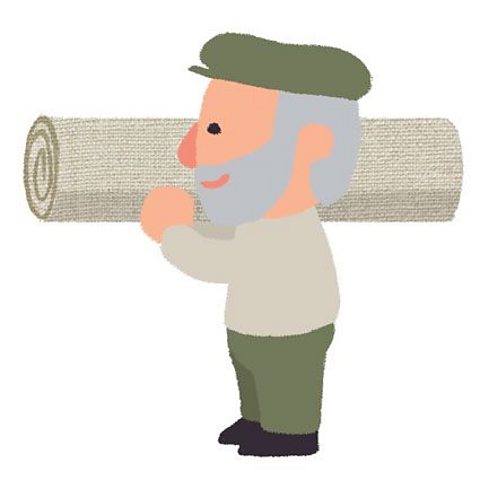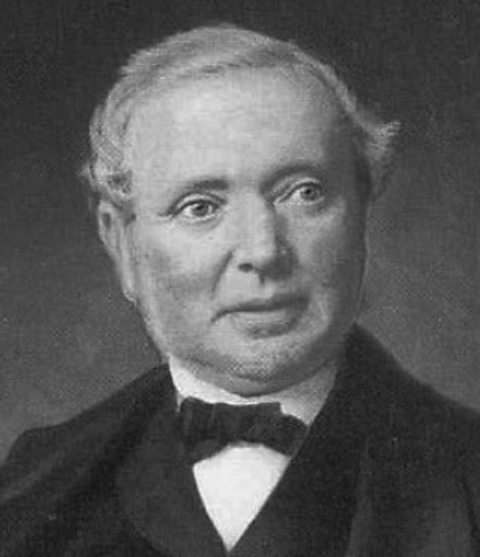
The Industrial Revolution, as well as transforming the linen industry in Ulster, also changed how and where people lived and worked. Mills and weaving factories sprung up over Belfast and surrounding towns and many people, Ulster-Scots included, poured into the area from the countryside looking for work.
These people who moved from rural areas to urban areas soon discovered that working in the weaving factories and spinning mills was very different to producing linen at home.

Who worked in the linen industry?
Whole families sometimes worked in the mill with children as young as 10 years old employed as half-timers. As the name suggests, half-timers went to school half the week and worked in the mill the other half.
Most people, up to three quarters of the workforce, who were employed by the factories and mills were women and children. This was mainly because they were cheaper to employ and tended not to complain about the awful working conditions.
Most of the men who worked in the linen industry worked as low paid labourers, a very small percentage of them worked in skilled jobs. The skilled men worked as overseers, hacklers or mechanics - roles which all demanded years of training or the completion of apprenticeships.
Working conditions in the linen mills
The working day started very early in the linen mills and conditions were extremely tough. The loud noise of the machines coupled with the dampness and smells made working life difficult. Those who were employed in the preparing rooms suffered particularly badly as the dry flax dust, or pouce, in these areas could cause lung problems and shortness of breath. Tuberculosis often spread quickly through the mills and factories, killing both young and older workers, as a result life expectancy for people in the linen industry in the late 19th and early 20th centuries was quite low.
One study carried out during this time found that children who worked in the Belfast mills had less energy and were smaller than children who worked in the cotton mills of England.
Even though conditions and wages were bad, parents were often so desperate to have another income that they lied about their child’s age – enabling them to work before they were legally allowed.
Find out what it was like to work in Ulster's linen mills and weaving factories.
Test your knowledge about what it was like to work in a linen mill or weaving factory.

Ulster-Scots and linen production
Members of the Ulster-Scots community were very influential in the growth of the linen industry in Ulster – both as workers and employers.
In the 18th Century there was a large Ulster-Scots community in Carnmoney - north of Belfast. A bleaching mill was built in the area around 1760, and at this time Lord Chief Baron Willies remarked all the people of this part of the world speak the broad lowland Scotch and have all the Scotch phrases.
By 1859 the bleaching mill had been turned into a flax spinning mill and was bought by two Ulster-Scots cousins, Henry and James Campbell. These men, who were very proud of their Ulster-Scots heritage, invested a large amount of money into the business and into improving the lives of their fellow Ulster-Scots workers.
The Campbells built homes for their employees and set up a school that was used by both children and adults – the children went to school during the day, and the workers and locals attended evening classes at night. After Henry and James died, the Campbell family continued to invest in the local area - building a sports pavilion and developing a reading room and cinema.
The mill was in the Campbell family until 1978 – when it merged with another Ulster-Scots owned textile company. The Ulster-Scots link with this mill continued right up until its closure. The last owners were the Ulster-Scots Herdman family from Sion Mills who eventually had to close it in the late 20th Century because of the decline of the textile industry in Northern Ireland.

More on Linen
Find out more by working through a topic
- count5 of 5

- count1 of 5

- count2 of 5

- count3 of 5
